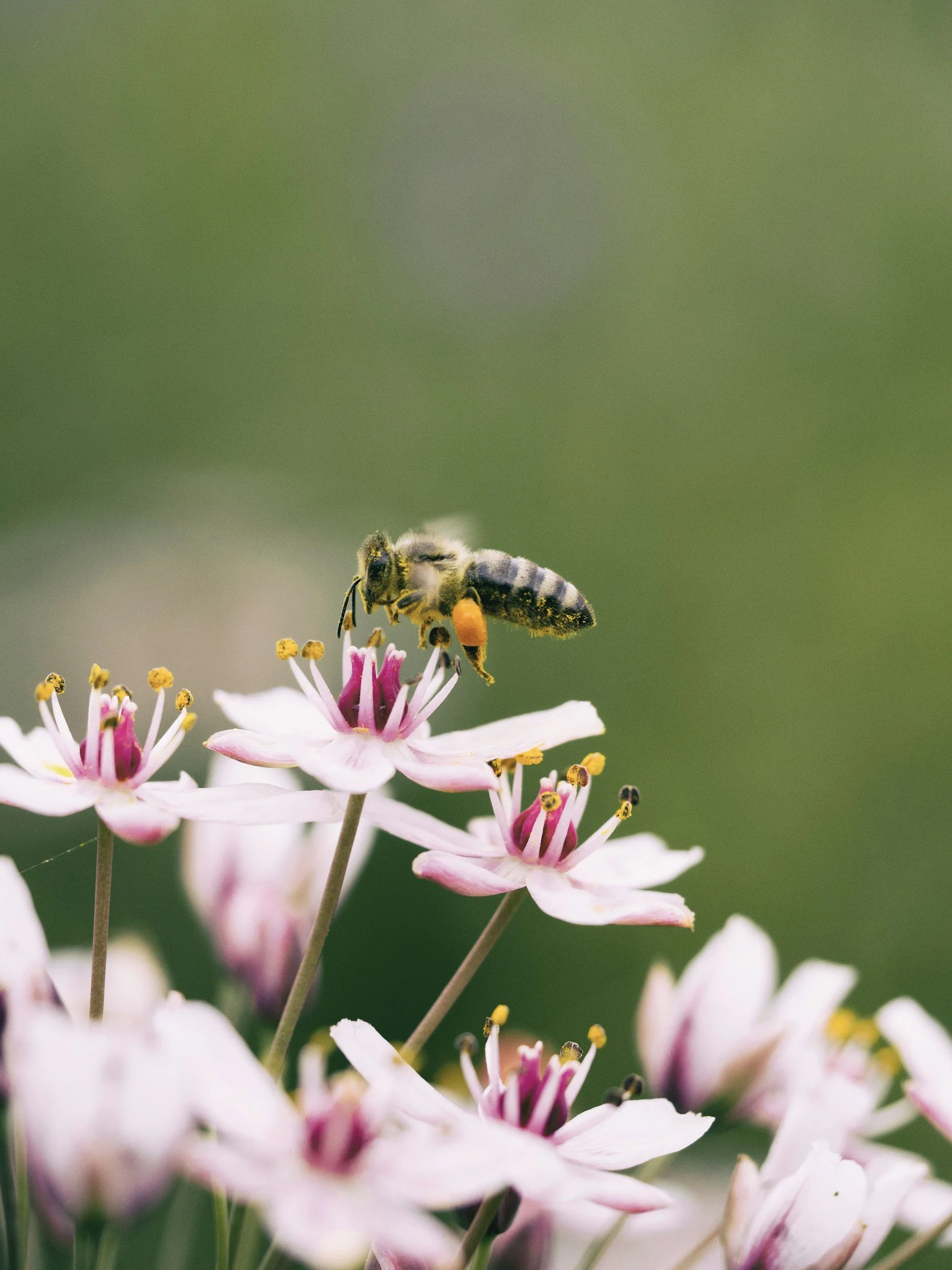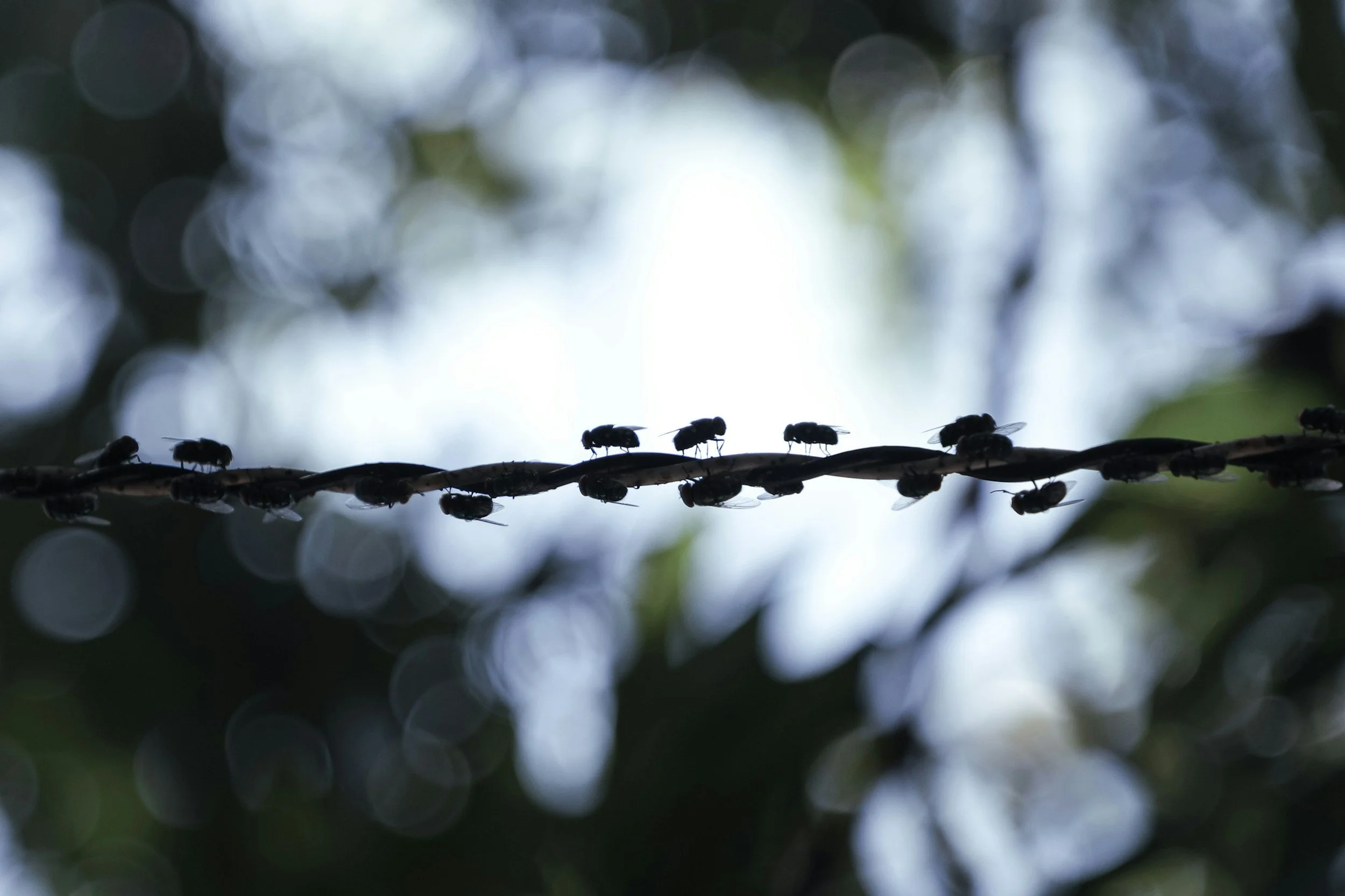Publication Alert: Are the arguments against insect pain in Eisemann et al. (1984) still valid?
A honeybee forages on a flower.
The Era Beyond Eisemann et al. (1984): Insect Pain in the 21st Century (Barrett and Fischer 2025; Quarterly Reviews in Biology)
Acknowledgement of Funding and Conflicts of Interest: The authors declare the following financial relationships that may be considered as potential competing interests. Meghan Barrett reports a relationship with Rethink Priorities that includes: consulting, advisory, or employment (prior). Bob Fischer reports a relationship with Rethink Priorities that includes: employment (current). Financial support for completing this work was provided by Rethink Priorities to M. Barrett.
In 1984, Eisemann et al. published a paper called Do insects feel pain? - A biological view. in Experientia. The mini-review, only a few pages long, detailed six arguments based on neurobiology and behavior that the authors suggested made it unlikely that there was an adaptive role for pain perception in insects. Since its publication, Eisemann et al. (1984) has been cited hundreds of times by scientists, journalists, and teachers to support the idea that pain in insects is unlikely. However, in the forty years since Eisemann et al. was published, our understanding of insect neurobiology and behavior have advanced significantly. In this forty-year update piece, we detail how the claims in Eisemann et al. (1984) hold up to new empirical and philosophical scrutiny.
Several of the claims made in Eisemann are now known to be empirically debunked:
1. insects have nociceptors with homologous nociceptive ion channels to mammals;
2. insects have responses mediated by multiple human-active analgesics in a manner consistent with the hypothesis for pain, including opioids (even while the mechanisms for opioid analgesia in insects remain unclear);
3. some insects have neuron numbers on par with some vertebrates, and their brains are significantly more structurally complex than originally suspected (including direct connections between sensory-integrative brain regions in adult fruit flies);
4. insects may protect injured body parts;
5. insects may decline to feed or mate when injured or otherwise exposed to noxious, putatively-painful stimuli;
6. insects can engage in complex and flexible learning with noxious information beyond habituation and sensitization, forming the basis of an entire field of aversive learning and pain research.
Ultimately, our new paper doesn’t show - and doesn’t intend to show - that insects feel pain (though, the data reviewed certainly suggest pain is a more plausible hypothesis now than it was in 1984; and see Gibbons et al. 2022). Rather, the paper just demonstrates that the fields of insect neurobiology and behavior, and greater attention to philosophical arguments that underpin the paper’s assumptions, demonstrate that Eisemann et al. (1984) is no longer relevant to the conversation on insect pain. It is empirically out of date. It is philosophically unsound. And it is time to move the discussion of insect pain into the 21st century by leaving Eisemann et al. behind.
(for those without paywall access, the unedited preprint is linked here)
Want to read more news from the lab?





